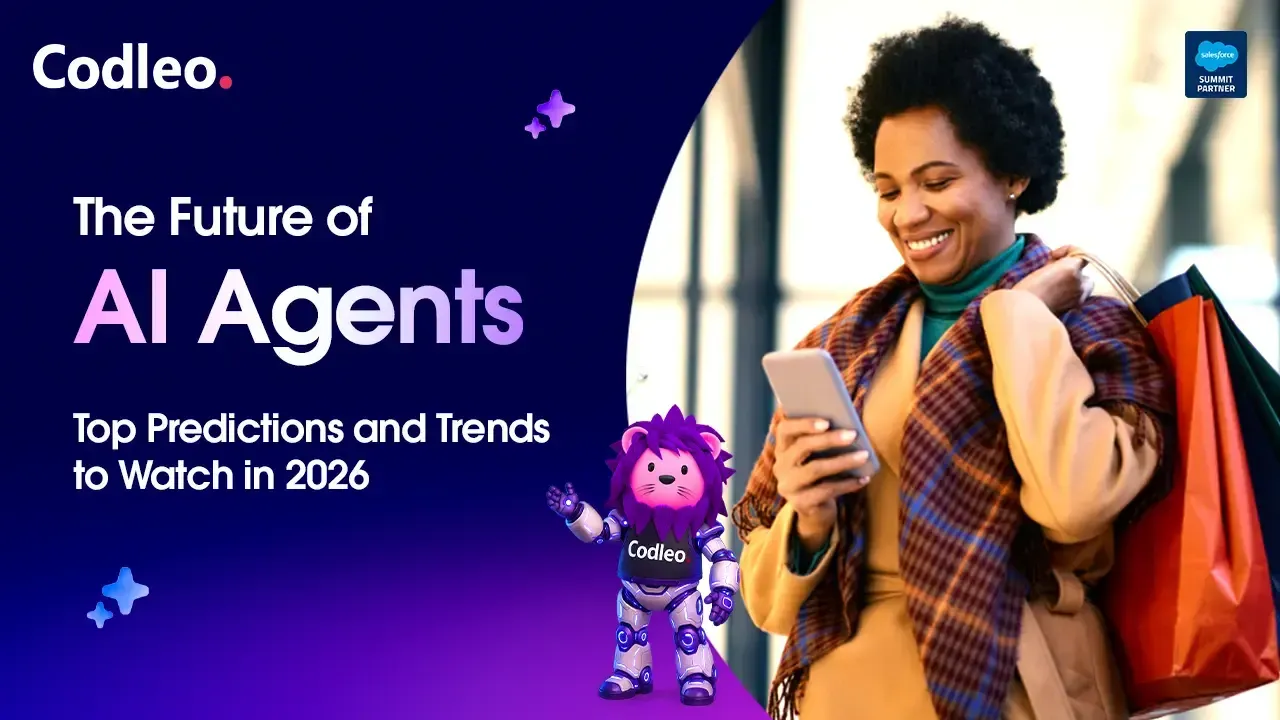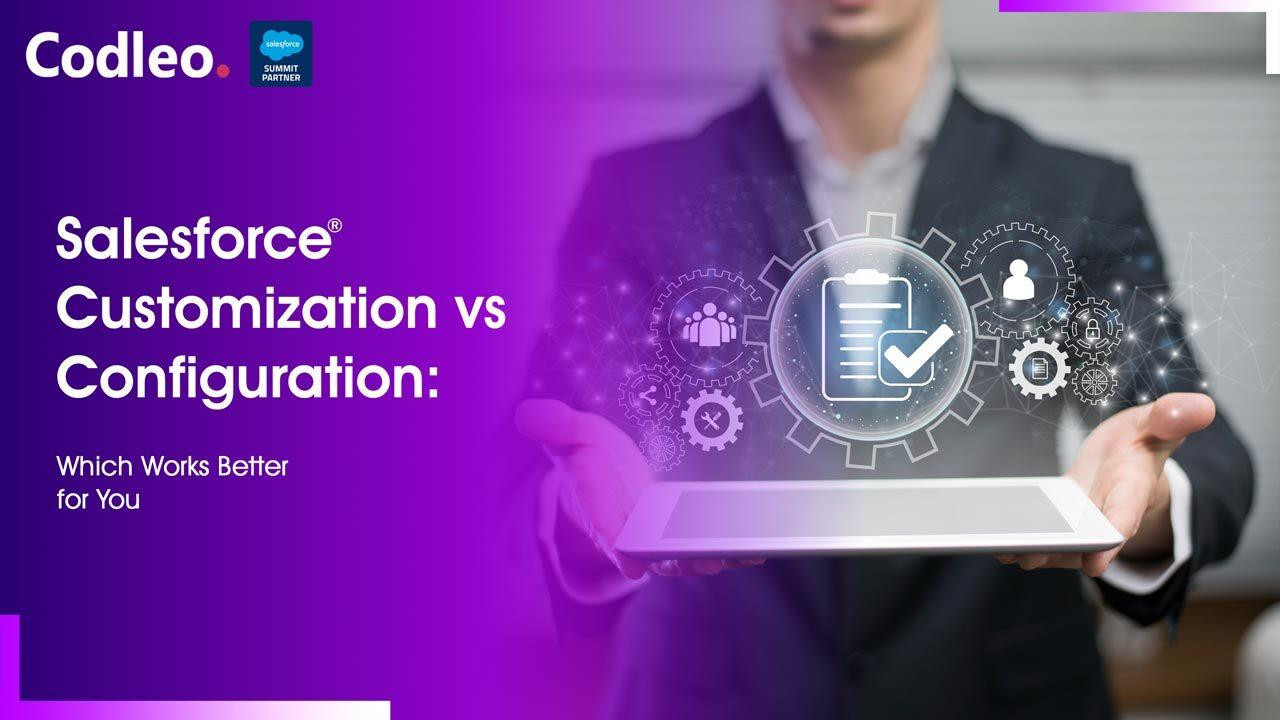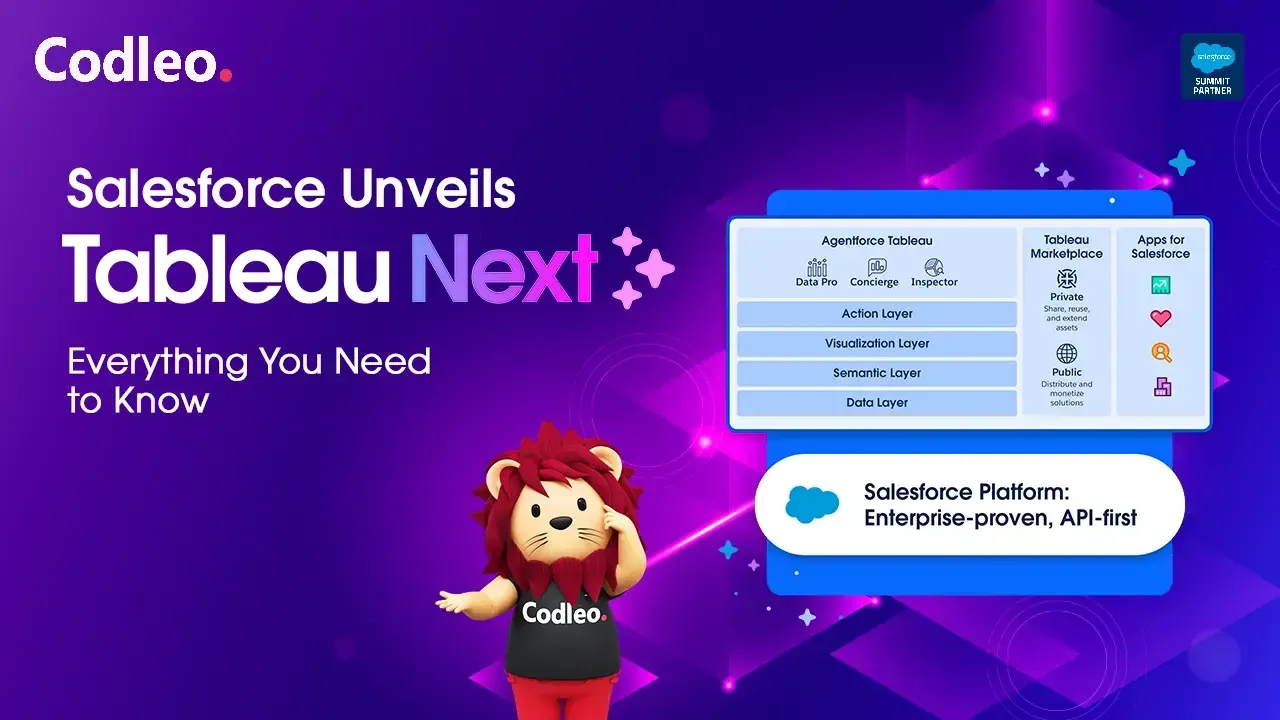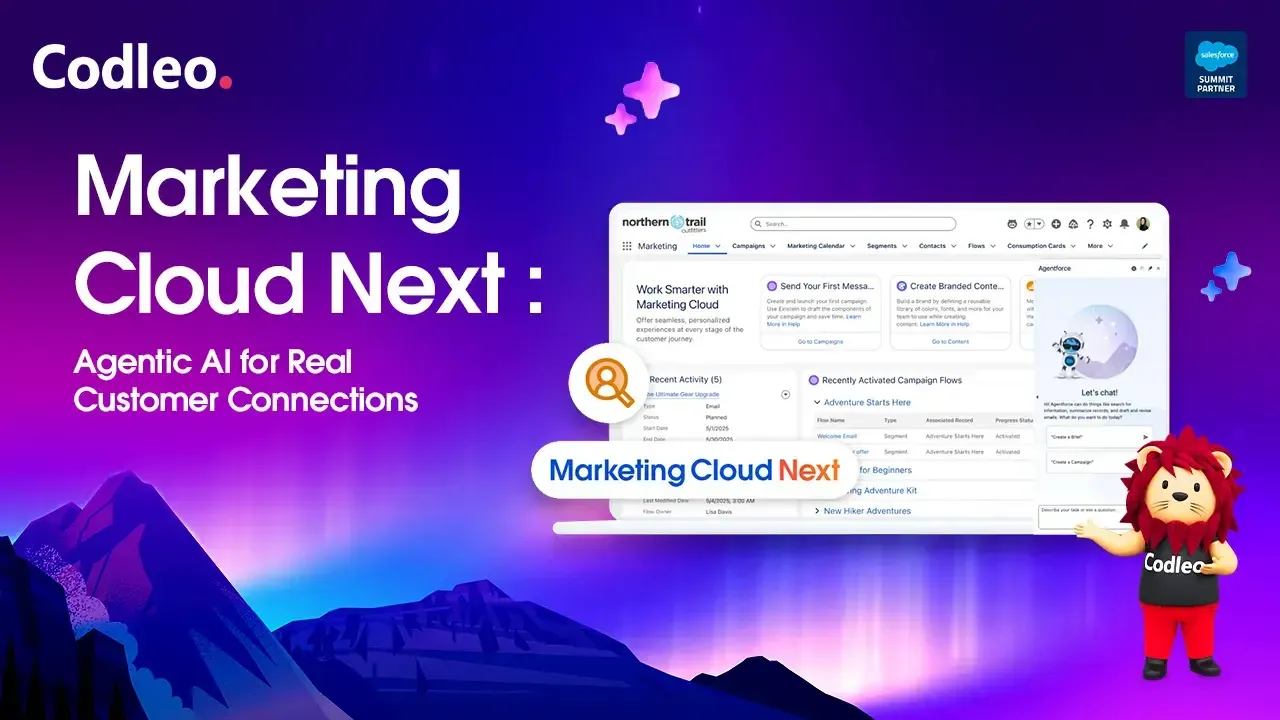Publish date:
Salesforce is a powerful tool for managing customer relationships. It helps companies connect with their clients using cloud-based software.
Salesforce gives a complete view of business performance across operations, finance, sales, marketing, and more. It offers a variety of products to help businesses reach their goals, including Sales Cloud, Revenue Cloud, Service Cloud, Marketing Cloud, and Account Engagement.
When you implement Salesforce effectively, you will enhance sales efficiency, close more deals, and more accurately predict outcomes. Let’s look at how to implement Salesforce correctly.
How Do You Implement Salesforce?
Buying the best CRM license is just the first step. The next and most crucial step is to learn how to customize it for your business to maximize its benefits.
To fully implement this project, you will need a Project Manager, a Salesforce Consultant, and possibly Salesforce Developers. However, many companies, especially those just starting, may not have these resources available internally.
Many businesses require assistance from specialists like Codleo to understand their options for utilizing Salesforce. They support you during this process.
Why This Guide and Why Now?
In 2025, the Salesforce world looks different from just three years ago. Now, Agentforce combines Data Cloud, low-code automation, and generative AI services into one system called ‘digital labor.’
Agentforce is Salesforce’s new tool that enables service, sales, and operations teams to automate entire tasks using AI. It is gaining popularity quickly, with over 3,000 paid Agentforce deals closed in the last fiscal quarter alone.
The latest Agentforce features include pre-built skills, the Atlas Reasoning Engine, and integration with Slack. These additions make the platform more advanced and complex than the basic Sales Cloud.
Whether you are using Salesforce for the first time or fixing an organization that has built up five years of technical problems, you should not try to go without a plan in 2025.
Before discussing how to implement strategies, it is essential to understand the modern Salesforce ecosystem.
By 2025, Salesforce will become an interconnected platform. It now includes AI, data modeling, and real-time automation rather than just separate clouds.
The tools available for service requests, marketing journeys, and data management have undergone significant changes.
1. The Implementation Roadmap includes three methods: Waterfall, Agile, and “Agentile.”
While the basics of implementing a Salesforce org remain unchanged, the approach has evolved. Today, launching a successful Salesforce org requires a shift in thinking. It’s not just about setting up layouts and reports; it involves carefully managing data and automation throughout the entire organization. However, with good teamwork, this process isn't overly complicated or different.
This eight-step structure is designed for Data Cloud, Agentforce, and AI-assisted workflows. It shows what we mean.
Step 1: Identify Stakeholders and AI Champions
To achieve successful implementation, you need support from everyone involved. In 2025, it's essential to have more than just your CRM team on your side.
Assemble a cross-functional AI Council early; think:
-
IT
-
Operations
-
Data governance
-
Business leads
This team manages prompt libraries, sets data sourcing priorities, and establishes AI guardrails. Their mission is to ensure that new tools are used ethically, legally, and strategically.
Step 2: Define Success Metrics (Human + Digital Labor)
Now, when we measure outcomes, we look at both human and AI contributions. Success still includes "reduced case time" and "more closed deals." However, it now also considers "the number of tier-1 tasks given to agents" and "how accurate the AI-generated content is."
KPIs like “40% of incoming support cases resolved by Agentforce” help show the return on investment and improve strategy.
Step 3: Capture Requirements
Gathering requirements in an AI environment involves identifying where to obtain data, specifying the behaviors we want from agents, defining what success and failure look like, and establishing methods to monitor the process. It also involves explaining the business logic clearly and concisely.
When a VIP customer contacts support, prioritize their case by triggering an agent. Notify the Account Manager and draft a personalized email follow-up.
Step 4: Prioritize with an Agent Lens
Some requirements are more critical than others. Therefore, apply a tiered framework.
Must-haves are critical for our mission and must meet compliance requirements. Should have focused on automation that provides measurable returns on investment. Nice-to-haves improve productivity or user experience. Looking at these categories helps you plan sprints effectively, ensuring that the most impactful features are launched first.
Step 5: Build
Start your development with the Data Cloud model. This model serves as the foundation for all tasks that utilize AI. First, organize your data. After that, you can create objects, automation, and agents.
Refresh a full-copy sandbox every sprint to simulate the production environment and thoroughly test it. Build step by step, and check each component with both human users and AI users.
Step 6: Test and Tune
Stop using a ‘one-size-fits-all’ approach for user acceptance testing (UAT). Now, you need tests that focus only on agents to check how tasks are done and ensure security. You also need to use adversarial testing, like “jailbreak” prompts, to keep AI behavior safe.
Use data to watch how agents make decisions and improve prompt logic. Consider this phase as both quality assurance and training to align with AI.
Step 7: Change Management (Human + Bot)
Your team will need to learn a new user interface and adapt to new workflows where AI manages basic tasks.
Publish an Agentforce Playbook outlining:
-
What agents do
-
What humans should escalate
-
How to request prompt updates
Then, be sure to train super-users to act as AI liaisons within departments and maintain trust.
Step 8: Go-Live and Iterate
The first launch is just the start. Plan regular check-ins after launch to monitor agent performance, track key performance indicators (KPIs), and adjust prompts on a weekly basis.
Salesforce has spring and fall updates that often add new features. Treat these updates as mini-projects to review, refine, and enhance skills, compliance, and governance strategies.
Your organization is now a living-learning system.
-
Tip: Utilize AI-generated user stories to expedite your sprint planning. Tools like Salesforce Prompt Builder can automatically create Flow requirements from simple language inputs gathered during stakeholder interviews.
2. Salesforce in 2025: What’s in the Toolbox?
Here's a simple overview of how the main parts of the Salesforce stack have changed over the past few years:
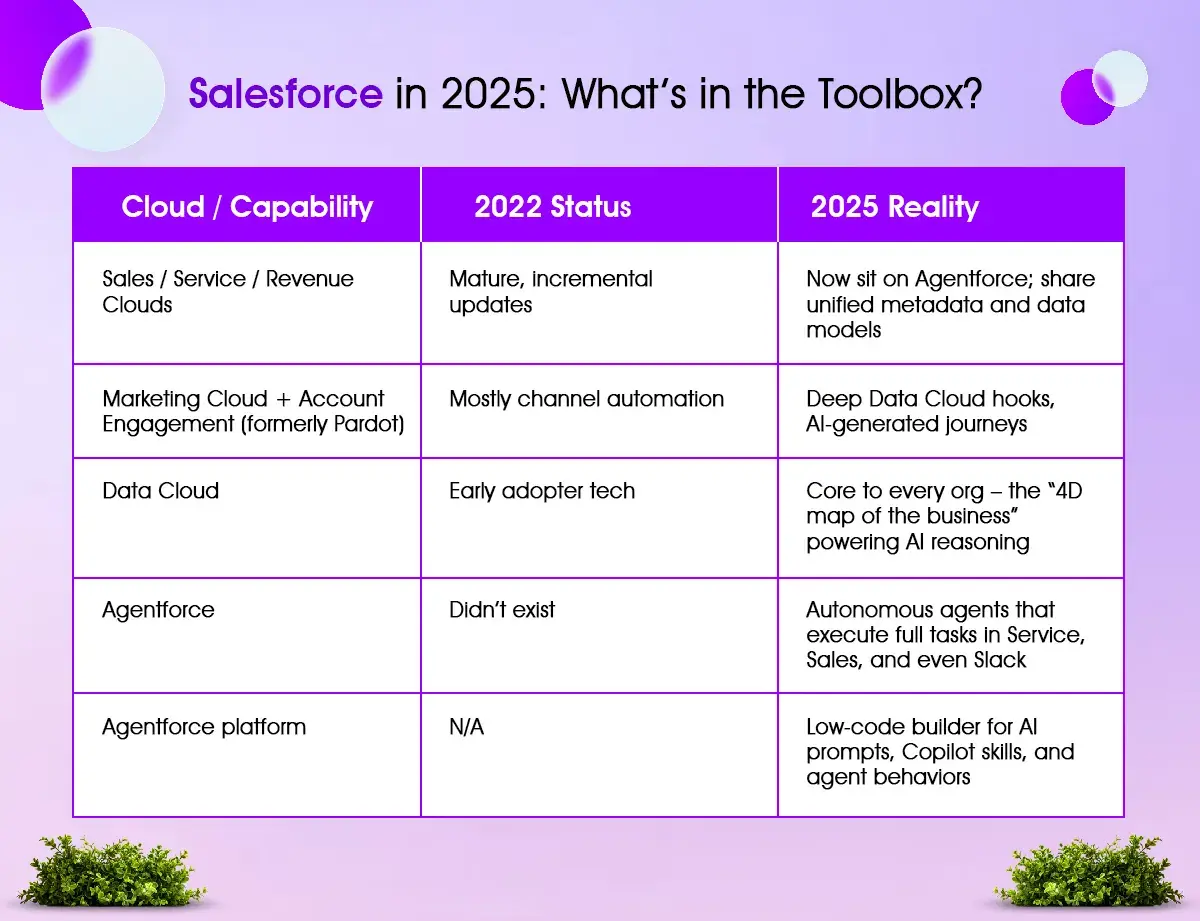
Forget about simple page designs and fixed objects. Now, the focus is on combining data, AI, and human workflows into a seamless process.
Future-Ready Field Test
Imagine you are the Chief Information Officer (CIO) of a retail company with stores in the US and Europe. Your current Salesforce system is having trouble bringing together data from point-of-sale, online shopping, and customer loyalty programs.
Now, Data Cloud enables you to segment customers in real time using live transaction data. AI agents in Einstein Copilot Studio can spot customers at risk of leaving and send them personalized offers—via Slack, email, or mobile app—within seconds after a negative customer service interaction. It’s a straightforward choice.
3. Should You Implement It Yourself? (Spoiler: No, No, and… Still No)
Salesforce often supports administrators, and Trailhead can make you feel certified after just a brief practice. However, here's the reality:
AI Configuration ≠ Drag-and-Drop
Prompt engineering is a specific skill. AI agents need clear prompts that are based on current information and understand the context.
If you don’t set up proper configurations and Data Cloud connections, your bots might act unpredictably or share sensitive data incorrectly. A poorly set up birthday automation, for example, can harm your brand trust and credibility.
To get the configuration right, you need to integrate governance frameworks, test fallback scenarios, and keep track of every prompt version to ensure consistency and accountability.
Data Gravity Is Heavier
Many modern Salesforce environments require not just CRM data but also the integration of other systems.
-
ERP Systems
-
IoT Sensor Feeds
-
eCommerce Platforms
-
Legacy Databases
-
Third-Party APIs
The concept of 'data gravity' means that your organization needs to create innovative processes for gathering data and organizing it for predictive AI.
Connecting supply chain data from an on-premise ERP system with Data Cloud can enable real-time alerts for inventory problems. However, if the mapping of data or the update frequency is not handled correctly, it can cause inconsistent AI performance and result in lost revenue opportunities.
Agentforce Is Code-Plus-Clicks
Agentforce has a user-friendly interface and ready-made components. However, to truly customize it, you need to combine easy-to-use tools with custom coding.
You will create simple interaction workflows, but more complex tasks, such as managing multiple records or connecting with external logistics services, require Apex and Prompt Templates. If there is a mismatch in any connection, it can disrupt the entire workflow, causing agents to fail silently or keep trying without success.
Solving these types of problems requires a good understanding of how Salesforce works, its testing tools, and ways to monitor performance.
Yes, you can try to fix it yourself. Just like cutting your hair before family photos, the outcome might not be what you hoped for.
Future-Ready Field Test
A midsize manufacturing firm decides to handle its rollout of Agentforce. However, the internal admin team incorrectly sets up permissions, which allows sales agents to start refund processes without checking with anyone.
In just two weeks, they issue over $150,000 in unauthorized credits. An external audit finds untested prompts and a lack of version control.
Recovery cost: six figures and three months of reputation damage control. (Read: Not worth it.)
4. Special Focus: Implementing Agentforce
Agentforce takes the idea of a conversational Copilot and makes it even better. It’s AI that doesn’t just suggest what to do; it also takes action.
In this new model, agents can run complete workflows, solve cases, and manage backend tasks independently across various channels. To maximize the benefits of this system, it’s essential to understand the key components that drive Agentforce.
The Components that Make Agentforce Tick
-
Skills Library: These are ready-made automations from Salesforce that address everyday tasks like resetting passwords, updating order statuses, and creating Return Merchandise Authorizations (RMAs). Each automation is specifically designed and tested for a particular area, enabling teams to quickly implement basic functions without needing to start from scratch. As your needs increase, these automations can also be used as models for creating custom behaviors.
-
Prompt Templates: Think of Prompt Templates as the guiding instructions for each agent. They provide clear guidelines for how agents should behave in various situations. Stored in the Data Cloud, these templates ensure that each agent's actions are relevant, safe, and easy to track and monitor. They help organizations manage data access and apply rules to every interaction.
-
Atlas Reasoning Engine: This engine drives decision-making for Agentforce. It helps agents analyze information, identify connections, and carry out multi-step actions using the right Salesforce tools, like APIs, Flows, or Apex scripts. Whether the task involves updating a record or resolving a complex case involving multiple objects, Atlas selects the most effective way to complete it.
-
Slack Interface (2025 Update): With native Slack integration, agents are directly added to team channels. They monitor conversations, execute commands, and only escalate issues when a human needs to intervene. This integration transforms Slack from a mere messaging tool into an active workspace that enables frontline employees to collaborate effectively with their digital coworkers.
Agentforce in Action – Hypothetical Use Case Scenario
A global retailer uses Agentforce to handle returns and refunds. However, one misconfigured skill went unnoticed and started issuing double refunds. The postmortem showed that there were missing approval rules and no tracking in place.
The team utilized Prompt Templates to address audit checkpoints, resulting in a 95% reduction in error rates.
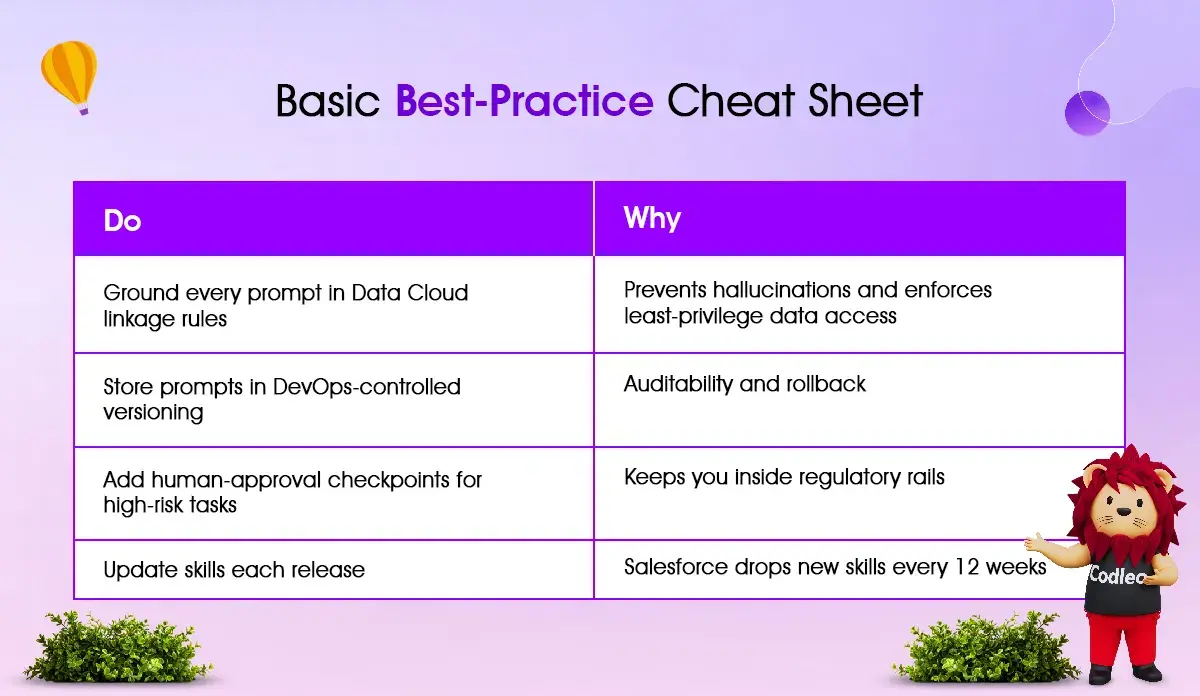
5. Quick Tips for a Bullet-Proof Rollout
-
Design for Data Cloud first: If the data model doesn't work well, you'll have to redo things later.
-
Treat agents like employees: Assign roles, permissions, supervision, and key performance indicators (KPIs) to ensure effective management.
-
Budget for AI Governance: Track prompt audit logs, test for bias, and use a model to compare costs and value.
-
Automate tests with LLMs: Yes, AI can regression-test your AI.
-
Plan for release runway: Sandbox preview + release updates = two mini-projects a year.
Pro Tip: Use data from Agentforce to set quarterly goals for your digital work. It will help you measure how well agents are performing and identify areas of your business where additional automation could be beneficial.
6. Ready to Start?
Here’s everything we’ve covered in a nutshell:
-
Today, the Salesforce ecosystem uses artificial intelligence, focuses on data, and is more complex than ever before.
-
DIY projects often don't meet expectations, especially with Agentforce and Data Cloud.
-
A skilled partner like Codleo provides valuable industry knowledge, flexible resources, and solutions that are ready for the future.
-
A successful plan includes clear AI rules, robust testing, targeted management for changes, and ongoing improvements after launch.
-
Agentforce is powerful because of its Skills Library, Prompt Templates, Atlas Engine, and Slack integration. Each of these requires careful use.
-
Real-world examples, such as SoundOff Signal, demonstrate how a well-executed Salesforce strategy can lead to significant improvements.
-
To be successful, rollouts must prioritize data architecture, AI supervision, and continuous improvement.
7. The Partner Route – Why It’s the Only Way to Win
Working with an Salesforce implementation partner is the only way to keep pace with Salesforce. Period.
Remember, we’re talking about:
-
a three-times-a-year release cycle,
-
weekly Agentforce skill drops,
-
constant security updates,
-
and all the other unexpected-ies surely waiting around the bend.
A strong partner offers essential services for success, including complete implementation, extra staff support, managed services, ongoing improvement, and builds for B2B and D2C commerce and CPQ.
Three-Point Partnership Litmus Test
To successfully implement Salesforce today, you need to work closely with a skilled partner who understands three key factors:
Factor #1: Agility at Scale
When speed matters, scale is your best friend.
We create teams comprising members from diverse areas, including project managers, solution architects, low-code developers, and AI prompt engineers. This way, everyone can work simultaneously, and we don’t have to wait for one team to finish before the next one begins.
The design, development, and management of projects grow together. It leads to faster delivery times, better alignment of functions, and more effective responses to changes.
Factor #2: Industry Context
Different industries have their unique characteristics. Your partner should offer a comprehensive collection of industry guidelines, proven methods, and ready-made tools that enhance relevance and accelerate implementation.
For example, a healthcare organization might use ready-made patient engagement processes, while a manufacturing company can benefit from integrations that manage parts and bills of materials.
Adding industry knowledge enables Salesforce to work in a way that aligns with your business's existing operations but in a more effective manner.
Factor #3: Skill Transfer, Not Lock-In
How can you tell if your ‘future-proof implementation’ is genuine? It’s simple: you can manage and improve your Salesforce environment on your own without needing to rely on outside help.
Your partner should carefully document every Flow, Apex trigger, integration point, and data model. Then, they should train your team to understand and manage each part.
To support your organization’s growth after launch, it is essential to share knowledge effectively. It will help you make confident updates and build internal skills that can grow with your goals.
How Codleo Can Help
At Codleo, we understand that Salesforce implementation isn’t just about installing software — it’s about transforming the way your business works. As a trusted Salesforce consulting partner, we work hand-in-hand with you to align the Salesforce platform with your unique goals and processes.
Whether you're starting from scratch or replacing a legacy CRM, our team of certified experts takes care of everything — from strategy and planning to customization, integration, and user training. We bring deep domain knowledge, agile project management, and unmatched post-go-live Salesforce support services to ensure your team succeeds long after the implementation is done.
As a Salesforce Summit Partner, Codleo has helped organizations across industries streamline operations, boost productivity, and improve customer experiences through intelligent CRM design. With us, your Salesforce journey isn’t just smooth — it’s successful.
Let Codleo be your go-to Salesforce implementation partner — trusted by startups, SMEs, and enterprise clients globally.
Codleo Advantage
With Codleo’s Salesforce consulting services, the client not only achieved operational efficiency but also laid the foundation for scalable growth with a future-ready CRM and commerce setup.
Summary
Setting up Salesforce is no longer just about creating a CRM. It now involves building an innovative, AI-driven system that combines data, automation, and human processes across the company.
This guide explains essential changes in Salesforce’s platform. It covers the growth of Agentforce, the importance of Data Cloud, and the rise of AI agents that can handle complete business tasks.
This text outlines a clear eight-step plan tailored to today's needs. It includes steps for getting everyone on board, managing AI use effectively, testing thoroughly, and making gradual improvements during live operations.
The guide highlights the risks associated with attempting to implement AI solutions independently. It explains why it’s essential to work with expert partners like Codleo.
By utilizing skilled Salesforce consultants and industry-specific plans, your organization can effectively establish and manage secure, scalable Salesforce systems that are prepared for the future.






